Staying awake: The surprisingly effective way to treat depression
Using sleep deprivation to lift people out of severe depression may seem counterintuitive but for some it’s the only thing that works. Linda Geddes reports
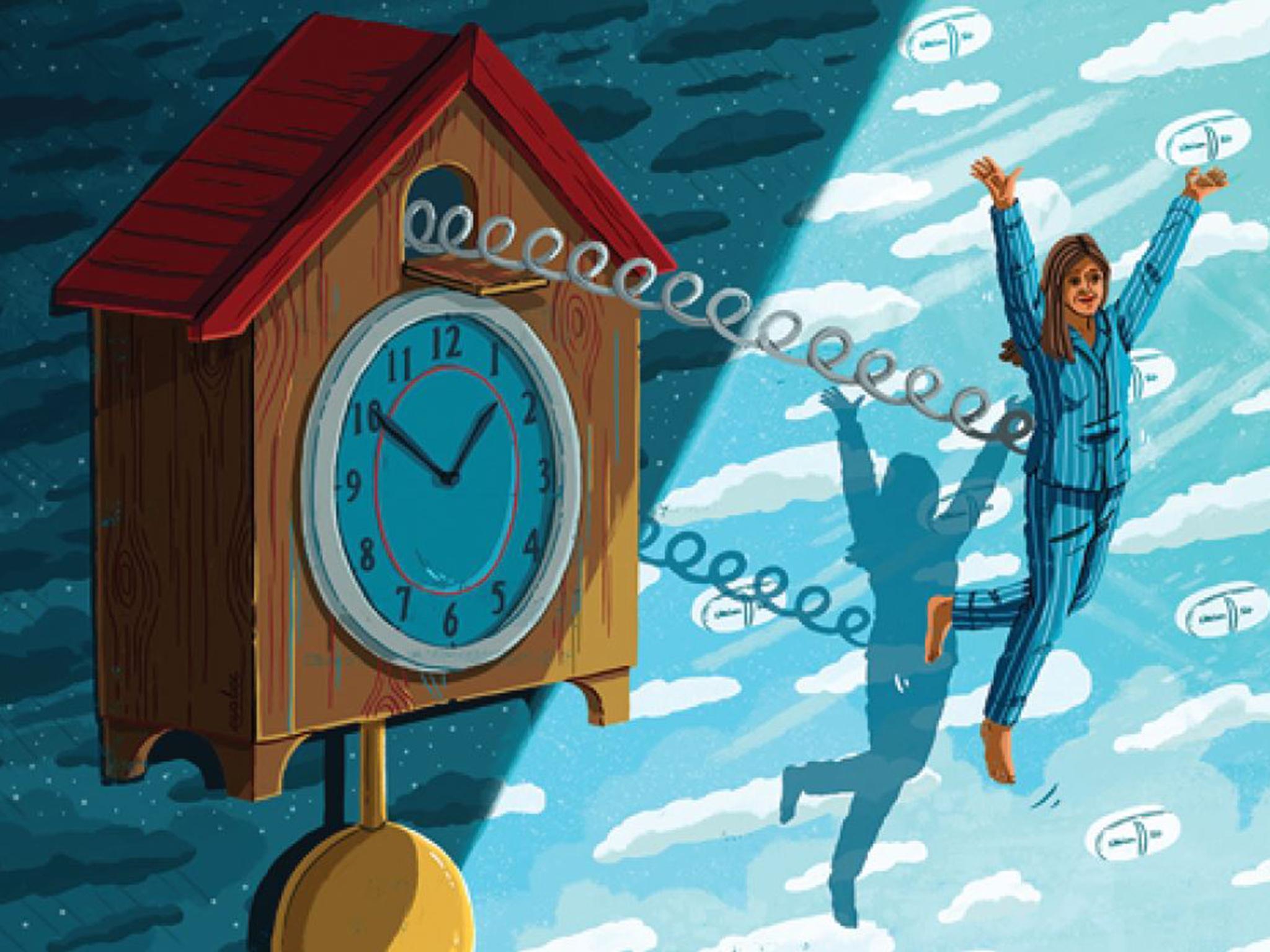
Your support helps us to tell the story
From reproductive rights to climate change to Big Tech, The Independent is on the ground when the story is developing. Whether it's investigating the financials of Elon Musk's pro-Trump PAC or producing our latest documentary, 'The A Word', which shines a light on the American women fighting for reproductive rights, we know how important it is to parse out the facts from the messaging.
At such a critical moment in US history, we need reporters on the ground. Your donation allows us to keep sending journalists to speak to both sides of the story.
The Independent is trusted by Americans across the entire political spectrum. And unlike many other quality news outlets, we choose not to lock Americans out of our reporting and analysis with paywalls. We believe quality journalism should be available to everyone, paid for by those who can afford it.
Your support makes all the difference.The first sign that something is happening is Angelina’s hands. As she chats to the nurse in Italian, she begins to gesticulate, jabbing, moulding and circling the air with her fingers. As the minutes pass and Angelina becomes increasingly animated, I notice a musicality to her voice that I’m sure wasn’t there earlier. The lines in her forehead seem to be softening, and the pursing and stretching of her lips and the crinkling of her eyes tell me as much about her mental state as any interpreter could.
Angelina is coming to life, precisely as my body is beginning to shut down. It’s 2am, and we’re sat in the brightly lit kitchen of a Milanese psychiatric ward, eating spaghetti. There’s a dull ache behind my eyes, and I keep on zoning out, but Angelina won’t be going to bed for at least another 17 hours, so I’m steeling myself for a long night. In case I doubted her resolve, Angelina removes her glasses, looks directly at me, and uses her thumbs and forefingers to pull open the wrinkled, grey-tinged skin around her eyes. “Occhi aperti,” she says. Eyes open.
This is the second night in three that Angelina has been deliberately deprived of sleep. For a person with bipolar disorder who has spent the past two years in a deep and crippling depression, it may sound like the last thing she needs, but Angelina – and the doctors treating her – hope it will be her salvation. For two decades, Francesco Benedetti, who heads the psychiatry and clinical psychobiology unit at San Raffaele Hospital in Milan, has been investigating wake therapy, in combination with bright light exposure and lithium, as a means of treating depression where drugs have often failed. As a result, psychiatrists in the US, the UK and other European countries are starting to take notice, launching variations of it in their own clinics. These “chronotherapies” seem to work by kick-starting a sluggish biological clock; in doing so, they’re also shedding new light on the underlying pathology of depression, and on the function of sleep more generally.
“Sleep deprivation really has opposite effects in healthy people and those with depression,” says Benedetti. If you’re healthy and you don’t sleep, you’ll feel in a bad mood. But if you’re depressed, it can prompt an immediate improvement in mood, and in cognitive abilities. But, Benedetti adds, there’s a catch: once you go to sleep and catch up on those missed hours of sleep, you’ll have a 95 per cent chance of relapse.
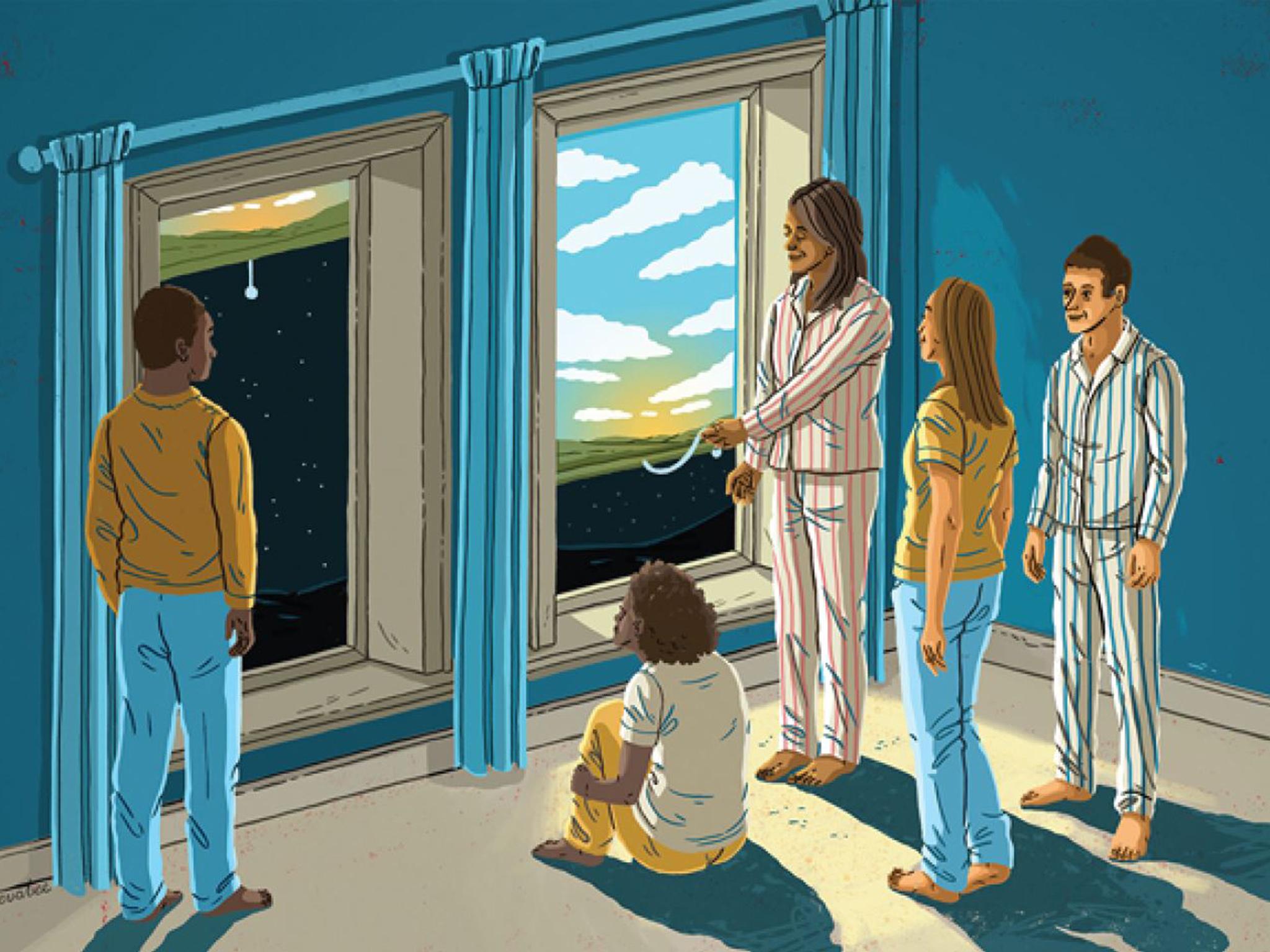
The antidepressant effect of sleep deprivation was first published in a report in Germany in 1959. This captured the imagination of a young researcher from Tübingen in Germany, Burkhard Pflug, who investigated the effect in his doctoral thesis and in subsequent studies during the 1970s. By systematically depriving depressed people of sleep, he confirmed that spending a single night awake could jolt them out of depression.
Benedetti became interested in this idea as a young psychiatrist in the early 1990s. Prozac had been launched just a few years earlier, hailing a revolution in the treatment of depression. But such drugs were rarely tested on people with bipolar disorder. Bitter experience has since taught Benedetti that antidepressants are largely ineffective for people with bipolar depression anyway.
His patients were in desperate need of an alternative, and his supervisor, Enrico Smeraldi, had an idea up his sleeve. Having read some of the early papers on wake therapy, he tested their theories on his own patients, with positive results. “We knew it worked,” says Benedetti. “Patients with these terrible histories were getting well immediately. My task was finding a way of making them stay well.”
So he and his colleagues turned to the scientific literature for ideas. A handful of American studies had suggested that lithium might prolong the effect of sleep deprivation, so they investigated that. They found that 65 per cent of patients taking lithium showed a sustained response to sleep deprivation when assessed after three months, compared with just 10 per cent of those not taking the drug.
Since even a short nap could undermine the efficacy of the treatment, they also started searching for new ways of keeping patients awake at night, and drew inspiration from aviation medicine, where bright light was being used to keep pilots alert. This too extended the effects of sleep deprivation, to a similar extent as lithium.
“We decided to give them the whole package, and the effect was brilliant,” says Benedetti. By the late 1990s, they were routinely treating patients with triple chronotherapy: sleep deprivation, lithium and light. The sleep deprivations would occur every other night for a week, and bright light exposure for 30 minutes each morning would be continued for a further two weeks – a protocol they continue to use to this day. “We can think of it not as sleep-depriving people, but as modifying or enlarging the period of the sleep–wake cycle from 24 to 48 hours,” says Benedetti. “People go to bed every two nights, but when they go to bed, they can sleep for as long as they want.”
San Raffaele Hospital first introduced triple chronotherapy in 1996. Since then, it has treated close to a thousand patients with bipolar depression – many of whom had failed to respond to antidepressant drugs. The results speak for themselves: according to the most recent data, 70 per cent of people with drug-resistant bipolar depression responded to triple chronotherapy within the first week, and 55 per cent had a sustained improvement in their depression one month later.
And whereas antidepressants – if they work – can take longer than a month to have an effect, and can increase the risk of suicide in the meantime, chronotherapy usually produces an immediate and persistent decrease in suicidal thoughts, even after just one night of sleep deprivation.
***
Angelina was first diagnosed with bipolar disorder 30 years ago, when she was in her late 30s. The diagnosis followed a period of intense stress: her husband was facing a tribunal at work, and they were worried about having enough money to support themselves and the children. Angelina fell into a depression that lasted nearly three years. Since then, her mood has oscillated, but she’s down more often than not. She takes an arsenal of drugs – antidepressants, mood stabilisers, anti-anxiety drugs and sleeping tablets – which she dislikes because they make her feel like a patient, even though she acknowledges this is what she is.
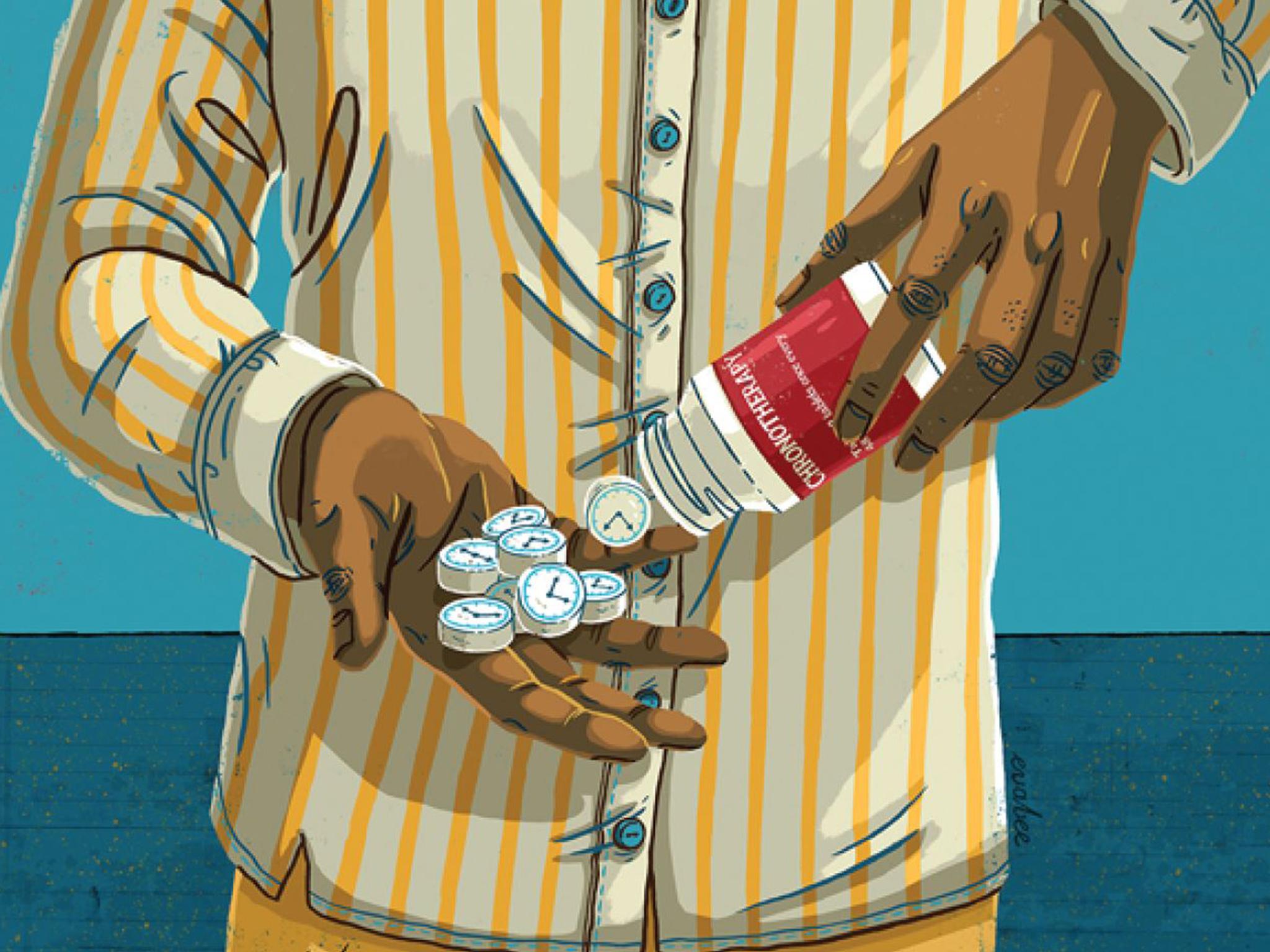
If I’d met her three days ago, she says, it’s unlikely I would have recognised her. She didn’t want to do anything, she’d stopped washing her hair or wearing make-up, and she stank. She also felt very pessimistic about the future. After her first night of sleep deprivation, she’d felt more energetic, but this largely subsided after her recovery sleep. Even so, today she felt motivated enough to visit a hairdresser in anticipation of my visit. I compliment her appearance, and she pats her dyed, golden waves, thanking me for noticing.
At 3am, we move to the light room, and entering is like being transported forward to midday. Bright sunlight streams in through the skylights overhead, falling on five armchairs, which are lined up against the wall. This is an illusion, of course – the blue sky and brilliant sun are nothing more than coloured plastic and a very bright light – but the effect is exhilarating nonetheless. I could be sitting on a sun lounger at midday; the only thing missing is the heat.
When I’d interviewed her seven hours earlier, with the help of an interpreter, Angelina’s face had remained expressionless as she’d replied. Now, at 3.20am, she is smiling, and even beginning to initiate a conversation with me in English, which she’d claimed not to speak. By dawn, Angelina’s telling me about the family history she’s started writing, which she’d like to pick up again, and inviting me to stay with her in Sicily.
How could something as simple as staying awake overnight bring about such a transformation? Unpicking the mechanism isn’t straightforward: we still don’t fully understand the nature of depression or the function of sleep, both of which involve multiple areas of the brain. But recent studies have started to yield some insights.
The brain activity of people with depression looks different during sleep and wakefulness than that of healthy people. During the day, wake-promoting signals coming from the circadian system – our internal 24-hour biological clock – are thought to help us resist sleep, with these signals being replaced by sleep-promoting ones at night. Our brain cells work in cycles too, becoming increasingly excitable in response to stimuli during wakefulness, with this excitability dissipating when we sleep. But in people with depression and bipolar disorder, these fluctuations appear dampened or absent.
Depression is also associated with altered daily rhythms of hormone secretion and body temperature, and the more severe the illness, the greater the degree of disruption. Like the sleep signals, these rhythms are also driven by the body’s circadian system, which itself is driven by a set of interacting proteins, encoded by “clock genes” that are expressed in a rhythmic pattern throughout the day. They drive hundreds of different cellular processes, enabling them to keep time with one another and turn on and off. A circadian clock ticks in every cell of your body, including your brain cells, and they are coordinated by an area of the brain called the suprachiasmatic nucleus, which responds to light.
“When people are seriously depressed, their circadian rhythms tend to be very flat; they don’t get the usual response of melatonin rising in the evening, and the cortisol levels are consistently high rather than falling in the evening and the night,” says Steinn Steingrimsson, a psychiatrist at Sahlgrenska University Hospital in Gothenburg, Sweden, who is currently running a trial of wake therapy.
Recovery from depression is associated with a normalisation of these cycles. “I think depression may be one of the consequences of this basic flattening of circadian rhythms and homeostasis in the brain,” says Benedetti. “When we sleep-deprive depressed people, we restore this cyclical process.”
But how does this restoration come about? One possibility is that depressed people simply need added sleep pressure to jump-start a sluggish system. Sleep pressure – our urge to sleep – is thought to arise because of the gradual release of adenosine in the brain. It builds up throughout the day and attaches to adenosine receptors on neurons, making us feel drowsy. Drugs that trigger these receptors have the same effect, whereas drugs that block them – such as caffeine – make us feel more awake.
To investigate whether this process might underpin the antidepressant effects of prolonged wakefulness, researchers at Tufts University in Massachusetts took mice with depression-like symptoms and administered high doses of a compound that triggers adenosine receptors, mimicking what happens during sleep deprivation. After 12 hours, the mice had improved, measured by how long they spent trying to escape when forced to swim or when suspended by their tails.
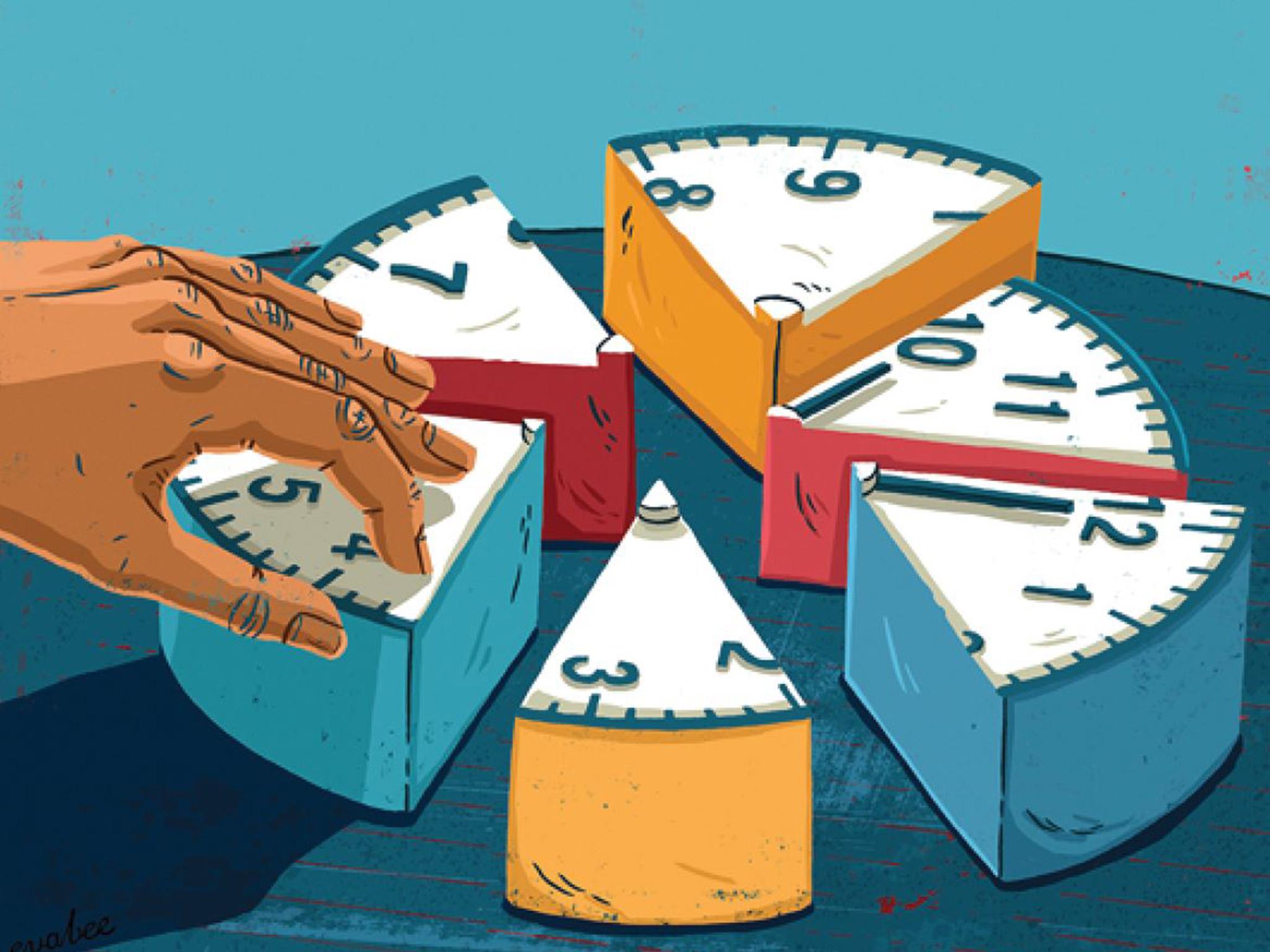
We also know sleep deprivation does other things to the depressed brain. It prompts changes in the balance of neurotransmitters in areas that help to regulate mood, and it restores normal activity in emotion-processing areas of the brain, strengthening connections between them.
And as Benedetti and his team discovered, if wake therapy kick-starts a sluggish circadian rhythm, lithium and light therapy seem to help maintain it. Lithium has been used as a mood stabiliser for years without anyone really understanding how it works, but we know it boosts the expression of a protein, called Per2, that drives the molecular clock in cells.
Bright light, meanwhile, is known to alter the rhythms of the suprachiasmatic nucleus, as well as boosting activity in emotion-processing areas of the brain more directly. Indeed, the American Psychiatric Association states that light therapy is as effective as most antidepressants in treating non-seasonal depression.
***
In spite of its promising results against bipolar disorder, wake therapy has been slow to catch on in other countries. “You could be cynical and say it’s because you can’t patent it,” says David Veale, a consultant psychiatrist at the South London and Maudsley NHS Foundation Trust.
Certainly, Benedetti has never been offered pharmaceutical funding to carry out his trials of chronotherapy. Instead, he has – until recently – been reliant on government funding, which is often in short supply. His current research is being funded by the EU. Had he followed the conventional route of accepting industry money to run drug trials with his patients, he quips, he probably wouldn’t be living in a two-bedroom apartment and driving a 1998 Honda Civic.
The bias towards pharmaceutical solutions has kept chronotherapy below the radar for many psychiatrists. “A lot of people just don’t know about it,” says Veale.
It’s also difficult to find a suitable placebo for sleep deprivation or bright light exposure, which means that large, randomised placebo-controlled trials of chronotherapy haven’t been done. Because of this, there’s some scepticism about how well it really works. “While there is increasing interest, I don’t think many treatments based on this approach are yet routinely used – the evidence needs to be better and there are some practical difficulties in implementing things like sleep deprivation,” says John Geddes, a professor of epidemiological psychiatry at the University of Oxford.
Even so, interest in the processes underpinning chronotherapy is beginning to spread. “Insights into the biology of sleep and circadian systems are now providing promising targets for treatment development,” says Geddes. “It goes beyond pharmaceuticals – targeting sleep with psychological treatments might also help or even prevent mental disorders.”
In the UK, US, Denmark and Sweden, psychiatrists are investigating chronotherapy as a treatment for general depression. “A lot of the studies that have been done so far have been very small,” says Veale, who is currently planning a feasibility study at Maudsley Hospital in London. “We need to demonstrate that it is feasible and that people can adhere to it.”
So far, what studies there have been have produced mixed results. Klaus Martiny, who researches non-drug methods for treating depression at the University of Copenhagen in Denmark, has published two trials looking at the effects of sleep deprivation, together with daily morning bright light and regular bedtimes, on general depression. In the first study, 75 patients were given the antidepressant duloxetine, in combination with either chronotherapy or daily exercise. After the first week, 41 per cent of the chronotherapy group had experienced a halving of their symptoms, compared with 13 per cent of the exercise group. And at 29 weeks, 62 per cent of the wake therapy patients were symptom-free, compared with 38 per cent of those in the exercise group.
In Martiny’s second study, severely depressed hospital inpatients who had failed to respond to antidepressant drugs were offered the same chronotherapy package as an add-on to the drugs and psychotherapy they were undergoing. After one week, those in the chronotherapy group improved significantly more than the group receiving standard treatment, although in subsequent weeks the control group caught up.
No one has yet compared wake therapy head-to-head with antidepressants; neither has it been tested against bright light therapy and lithium alone. But even if it’s only effective for a minority, many people with depression – and indeed psychiatrists – may find the idea of a drug-free treatment attractive.
“I’m a pill pusher for a living, and it still appeals to me to do something that doesn’t involve pills,” says Jonathan Stewart, a professor of clinical psychiatry at Columbia University in New York, who is currently running a wake therapy trial at New York State Psychiatric Institute.
Unlike Benedetti, Stewart only keeps patients awake for one night: “I couldn’t see a lot of people agreeing to stay in hospital for three nights, and it also requires a lot of nursing and resources,” he says. Instead, he uses something called sleep phase advance, where on the days after a night of sleep deprivation, the time the patient goes to sleep and wakes up is systematically brought forward. So far, Stewart has treated about 20 patients with this protocol, and 12 have shown a response – most of them during the first week.
It may also work as a prophylactic: recent studies suggest that teenagers whose parents set – and manage to enforce – earlier bedtimes are less at risk of depression and suicidal thinking. Like light therapy and sleep deprivation, the precise mechanism is unclear, but researchers suspect a closer fit between sleep time and the natural light-dark cycle is important.
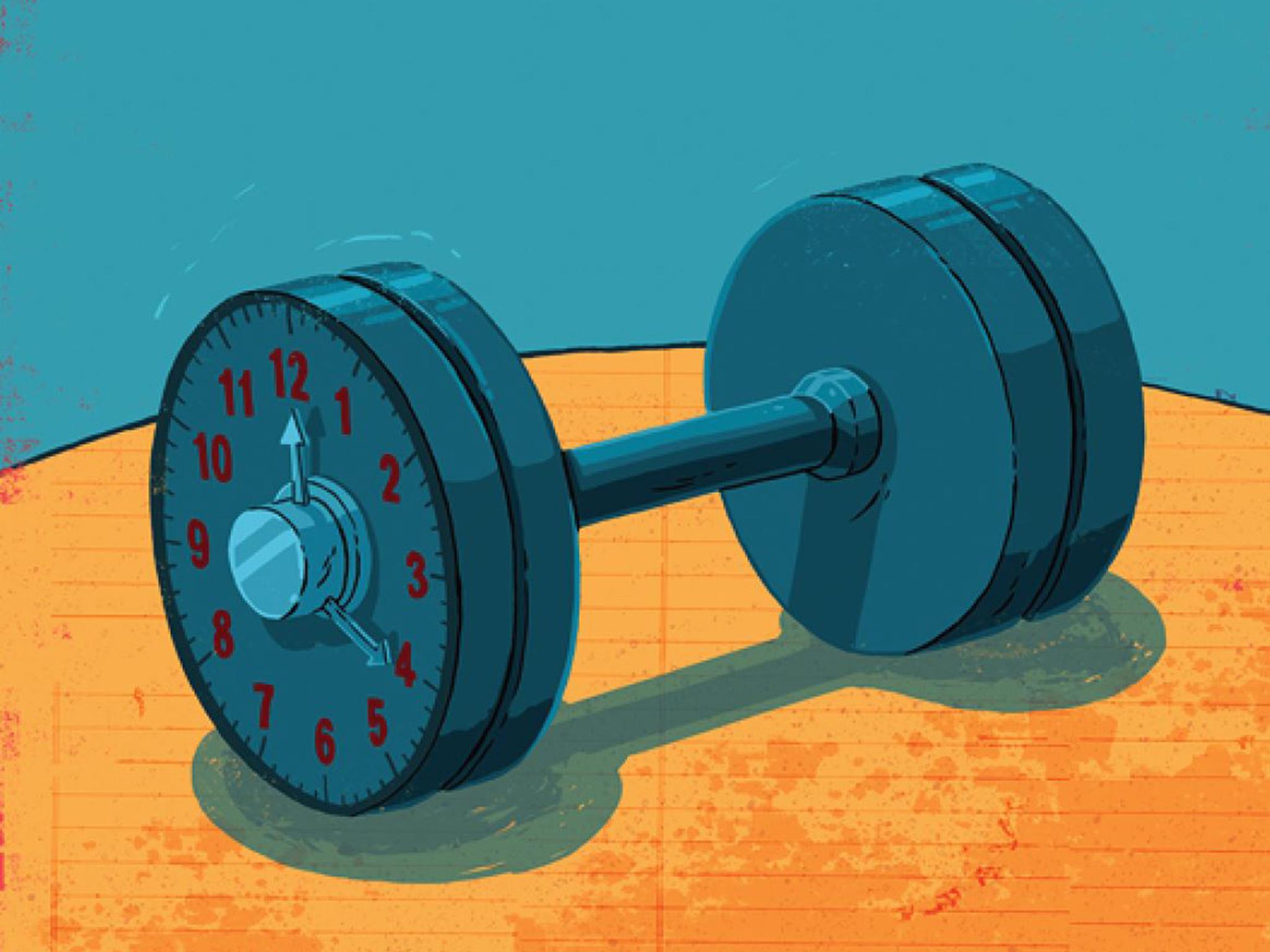
But sleep phase advance has so far failed to hit the mainstream. And, Stewart accepts, it’s not for everybody. “For those for whom it works, it’s a miracle cure. But just as Prozac doesn’t get everyone better who takes it, neither does this,” he says. “My problem is that I have no idea ahead of time who it’s going to help.”
***
Depression can strike anyone, but there’s mounting evidence that genetic variations can disrupt the circadian system to make certain people more vulnerable. Several clock gene variations have been associated with an elevated risk of developing mood disorders.
Stress can then compound the problem. Our response to it is largely mediated through the hormone cortisol, which is under strong circadian control, but cortisol itself also directly influences the timing of our circadian clocks. So if you have a weak clock, the added burden of stress could be enough to tip your system over the edge.
Indeed, you can trigger depressive symptoms in mice by repeatedly exposing them to a noxious stimulus, such as an electric shock, from which they can’t escape – a phenomenon called learned helplessness. In the face of this ongoing stress, the animals eventually just give up and exhibit depression-like behaviours. When David Welsh, a psychiatrist at the University of California, San Diego, analysed the brains of mice that had depressive symptoms, he found disrupted circadian rhythms in two critical areas of the brain’s reward circuit – a system that’s strongly implicated in depression.
But Welsh has also shown that a disturbed circadian system itself can cause depression-like symptoms. When he took healthy mice and knocked out a key clock gene in the brain’s master clock, they looked just like the depressed mice he’d been studying earlier. “They don’t need to learn to be helpless, they are already helpless,” Welsh says.
So if disrupted circadian rhythms are a likely cause of depression, what can be done to prevent rather than treat them? Is it possible to strengthen your circadian clock to increase psychological resilience, rather than remedy depressive symptoms by forgoing sleep?
Martiny thinks so. He is currently testing whether keeping a more regular daily schedule could prevent his depressed inpatients from relapsing once they’ve recovered and are released from the psychiatric ward. “That’s when the trouble usually comes,” he says. “Once they’re discharged their depression gets worse again.”
Peter is a 45-year-old care assistant from Copenhagen who has battled with depression since his early teens. Like Angelina and many others with depression, his first episode followed a period of intense stress and upheaval. His sister, who more or less brought him up, left home when he was 13, leaving him with an uninterested mother and a father who also suffered from severe depression. Soon after that, his father died of cancer – another shock, as he’d kept his prognosis hidden until the week before his death.
Peter’s depression has seen him hospitalised six times, including for a month last April. “In some ways being in hospital is a relief,” he says. However, he feels guilty about the effect it has on his sons, aged seven and nine. “My youngest boy said he cried every night I was in hospital, because I wasn’t there to hug him.”
So when Martiny told Peter about the study he had just started recruiting for, he readily agreed to participate. Dubbed circadian-reinforcement therapy, the idea is to strengthen people’s circadian rhythms by encouraging regularity in their sleep, wake, meal and exercise times, and pushing them to spend more time outdoors, exposed to daylight.
For four weeks after leaving the psychiatric ward in May, Peter wore a device that tracked his activity and sleep, and he completed regular mood questionnaires. If there was any deviation in his routine, he would receive a phone call to find out what had happened.
When I meet Peter, we joke about the tan lines around his eyes; obviously he’s been taking the advice seriously. He laughs: “Yes, I’m getting outdoors to the park, and if it’s nice weather, I take my children to the beach, for walks, or to the playground, because then I will get some light, and that improves my mood.”
Those aren’t the only changes he’s made. He now gets up at six every morning to help his wife with the children. Even if he’s not hungry he eats breakfast: typically, yoghurt with muesli. He doesn’t take naps and tries to be in bed by 10pm. If Peter does wake up at night, he practises mindfulness – a technique he picked up in hospital.
Martiny pulls up Peter’s data on his computer. It confirms the shift towards earlier sleep and wake times, and shows an improvement in the quality of his sleep, which is mirrored by his mood scores. Immediately after his release from hospital, these averaged around six out of 10. But after two weeks they’d risen to consistent eights or nines, and one day, he even managed a 10. At the beginning of June, he returned to his job at the care home, where he works 35 hours a week. “Having a routine has really helped me,” he says.
So far, Martiny has recruited 20 patients to his trial, but his target is 120; it’s therefore too soon to know how many will respond the same way as Peter, or indeed, if his psychological health will be maintained. Even so, there’s mounting evidence that a good sleep routine can help our mental wellbeing. According to a study published in Lancet Psychiatry in September last year – the largest randomised trial of a psychological intervention to date – insomniacs who underwent a ten-week course of cognitive behavioural therapy to address their sleep problems showed sustained reductions in paranoia and hallucinatory experiences as a result. They also experienced improvements in symptoms of depression and anxiety, fewer nightmares, better psychological wellbeing and day-to-day functioning, and they were less likely to experience a depressive episode or anxiety disorder during the course of the trial.
Sleep, routine and daylight. It’s a simple formula, and easy to take for granted. But imagine if it really could reduce the incidence of depression and help people to recover from it more quickly. Not only would it improve the quality of countless lives, it would save health systems money.
In the case of wake therapy, Benedetti cautions that it isn’t something people should try to administer to themselves at home. Particularly for anyone who has bipolar disorder, there’s a risk of it triggering a switch into mania – although in his experience, the risk is smaller than that posed by taking antidepressants. Keeping yourself awake overnight is also difficult, and some patients temporarily slip back into depression or enter a mixed mood state, which can be dangerous. “I want to be there to speak about it to them when it happens,” Benedetti says. Mixed states often precede suicide attempts.
A week after spending the night awake with Angelina, I call Benedetti to check her progress. He tells me that after the third sleep deprivation, she experienced a full remission in her symptoms and returned to Sicily with her husband. That week, they were due to be marking their 50th wedding anniversary. When I’d asked her if she thought her husband would notice any change in her symptoms, she’d said she hoped he’d notice the change in her physical appearance.
Hope. After she has spent more than half her life without it, I suspect its return is the most precious golden anniversary gift of all.
Patients’ names in this piece have been changed. The study published in Lancet Psychiatry was funded by Wellcome, which publishes Mosaic. This article first appeared on Mosaic and is republished here under a Creative Commons licence
Subscribe to Independent Premium to bookmark this article
Want to bookmark your favourite articles and stories to read or reference later? Start your Independent Premium subscription today.
Join our commenting forum
Join thought-provoking conversations, follow other Independent readers and see their replies
Comments